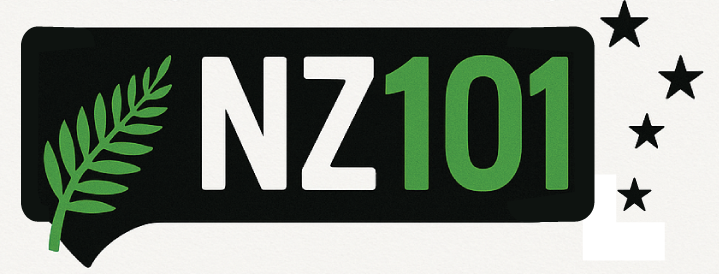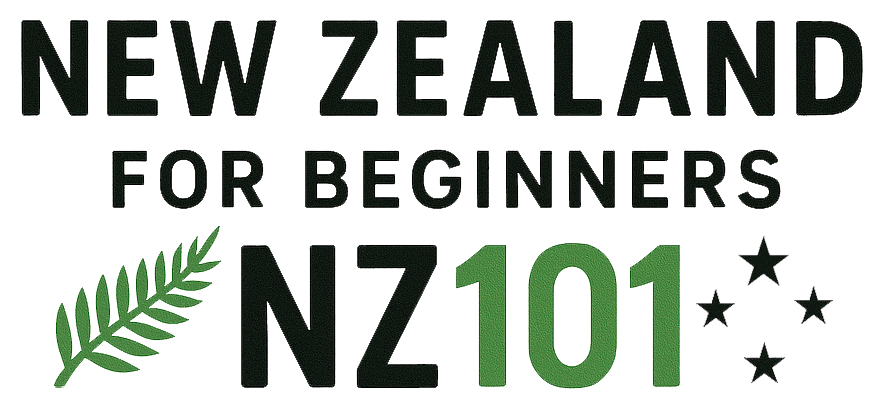On 20 June, most of us will be enjoying a day off work or school to celebrate the Māori New Year or Matariki.
Matariki is the eighth public holiday of the year and a relatively recent addition to the calendar. This year marks only the fourth time it’s been officially observed as a public holiday. However, the celebration itself has deep roots that stretch back centuries.
While many New Zealanders are still forming their own ways of honouring the day, Matariki is fast becoming a meaningful moment in the midwinter calendar. It is an occasion to pause, look up at the stars and reconnect with what really matters.
What is Matariki?
Matariki is the Māori name for the Pleiades star cluster, which appears in the sky in mid-winter. The best time to view the Matariki cluster is early in the morning, just before dawn.
Matariki is an abbreviation of ‘Ngā Mata o te Ariki Tāwhirimātea’ (‘The eyes of the god Tāwhirimātea’) and refers to a large cluster of stars, known in some European traditions as the Pleiades. According to Māori tradition, the god of the wind, Tāwhirimātea, was so angry when his siblings separated their parents, Ranginui the sky father and Papatūānuku the earth mother, that he tore out his eyes and threw them into the heavens (Meredith, 2009).
Traditionally, Matariki was a time for remembering loved ones who had passed, giving thanks for the harvest, and coming together with whānau (family) and community.
Different iwi (tribes) observe the season in slightly different ways, but the core themes of remembrance, gratitude and hope are shared across the country.
How Did It Become A Public Holiday?
The traditional Matariki celebrations had largely stopped by the 1940s, but they were revived in the 2000s.
In 2022, Matariki became a public holiday after former Prime Minister Jacinda Ardern and the Labour Government made it an election promise in 2020. The move was seen as a way to better recognise the Māori worldview and celebrate an indigenous understanding of time and connection to the land and sky.
The holiday was developed in close consultation with Māori astronomer Dr Rangi Mātāmua, a key figure in reviving traditional knowledge around Matariki. He is the author of the book Matariki: The Star of the Year.
The date of the holiday changes each year, but it always falls on a Friday in June or July.
Celebrating Matariki In New Zealand
Matariki will be celebrated across New Zealand through a wide variety of events. There is a link to the complete list of events at the end of this section.
To celebrate Matariki, NZ Post has issued a set of stamps that highlight six star constellations, including Matariki.

Whether you’re keen on early-morning stargazing or prefer something more grounded (and warm), there’s something for everyone.
This year’s theme is ‘Matariki ki te Wai‘, which means ‘Matariki and Water‘. It emphasises the connection between water (wai), well-being and the Māori worldview. It highlights the cultural, environmental and spiritual significance of water.
Auckland is embracing Matariki with a wide range of public events and celebrations that reflect both the city’s diverse communities and its deep Māori heritage.
Some highlights include:
- Dawn karakia (prayer ceremonies) on local maunga (volcanic cones) in Mt Eden, One Tree Hill and Mt Albert
- Auckland Council’s Matariki Festival, featuring kapa haka, art exhibitions, light shows and family-friendly workshops across the region
- Ngāti Whātua Ōrākei-led events, including storytelling, food stalls and performances at key community locations
- Auckland War Memorial Museum’s Matariki programme, with astronomy talks, waiata and craft activities for children.
If you’re in the city, it’s worth checking the local library or marae noticeboard, as many smaller events are community-led.
Some families are creating their own new traditions, such as writing down goals for the year ahead, cooking a special meal together or simply taking time to rest.
For a complete list of events countrywide, go to Eventfinda.
For events in Auckland, check out Our Auckland.
Why Matariki Matters
Life is busy for everyone, and it feels like we’re speeding from one season to the next. So in the spirit of Matariki, take a breath and hit the pause button.
It’s a time to reflect on the people we’ve lost, to feel gratitude for the present and to set goals or intentions for the future. It provides a uniquely New Zealand opportunity to step back from the busyness and reconnect with family, the land and the wider world.
Matariki also opens a door for non-Māori New Zealanders to learn more about Māori cosmology and cultural traditions as a living part of our shared national identity.
That learning can be as simple as looking up at the stars or as deep as attending a pōwhiri or spending time in kōrero (conversation) with mana whenua.
As the whakataukī (proverb) goes (LEARNZ):
Matariki hunga nui.
Matariki brings us together.
Looking Up, Looking In

Whether you’ll be stargazing early in the morning or you prefer to sleep in, Matariki invites us to connect with those around us, those who’ve come before us and the world we’re creating for those who follow.
And that, in the depths of winter, feels like something worth celebrating.
How will you mark the Māori New Year this Matariki?
Sources
Matariki website: https://matariki.co.nz/matariki-2025/
Meredith, P. (2009, March 2). Matariki – Te Tau Hou Māori. Te Papa: The Encyclopedia of New Zealand. https://teara.govt.nz/en/matariki-maori-new-year
Our Auckland: https://ourauckland.aucklandcouncil.govt.nz/events/2025/06/matariki-festival-2025/


